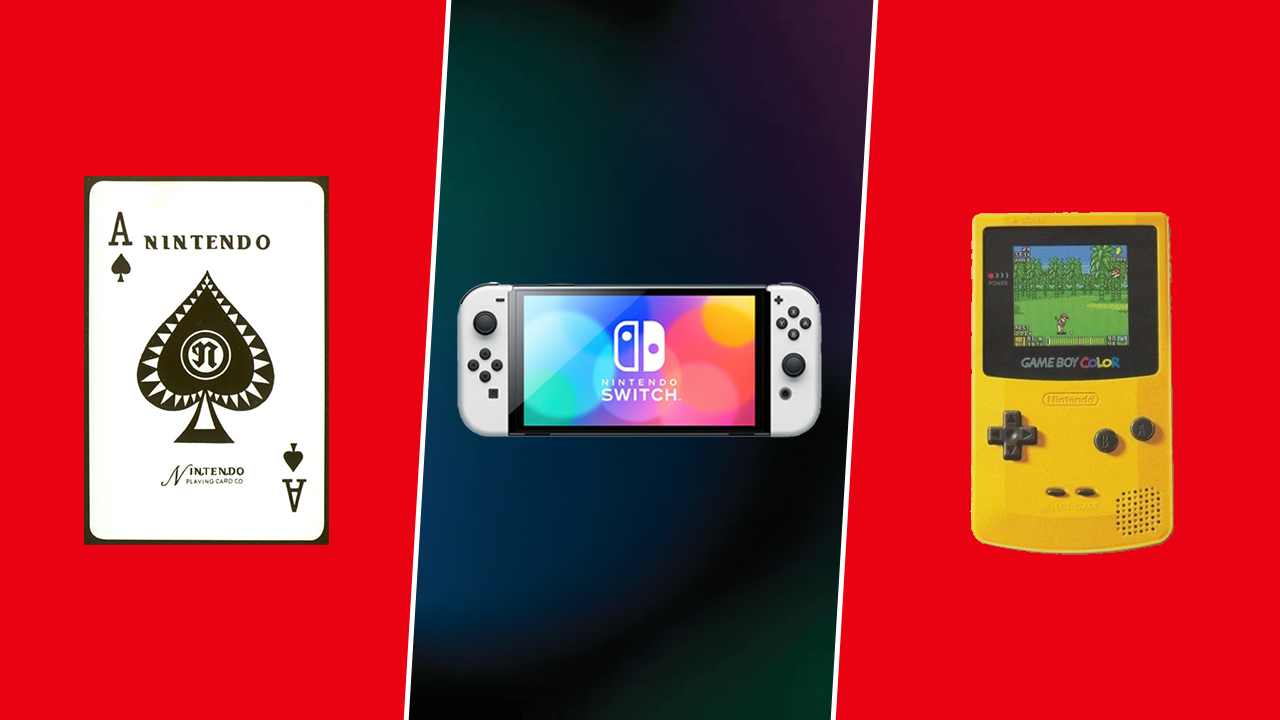
Nintendo's journey from a humble playing card company founded in 1889 to a global leader in the video game industry is a testament to over a century of innovation and adaptation. Initially established in Kyoto, Japan, by Fusajiro Yamauchi, Nintendo began by producing handmade hanafuda playing cards. However, it was the company's willingness to explore and adapt to new entertainment mediums that propelled it into the gaming giant we recognize today. This article delves into the pivotal moments in Nintendo's history that have defined its path and contributions to the video game industry.

Warp Pipe Weekly
A weekly recap of all things Nintendo
By submitting your email, you agree to our Terms of Service and Privacy Notice. You can opt out at any time.
By submitting your email, you agree to our Terms of Service and Privacy Notice. You can opt out at any time.

Nintendo's Early Years and Push into Electronic Games
Nintendo's origins in the playing card industry laid a foundation of entertainment and leisure that would evolve dramatically over the decades. By the 1960s and 1970s, under the leadership of Hiroshi Yamauchi, Nintendo began diversifying its product lineup to include toys and electronic games, signaling the first steps towards electronic entertainment. A significant milestone was the 1980 launch of the "Game & Watch" handheld electronic games, which not only marked Nintendo's decisive entry into electronic gaming but also introduced the world to the D-pad, a directional control device that would become standard in the industry.
The genius behind the "Game & Watch," Gunpei Yokoi, played a crucial role in Nintendo's early electronic ventures. Yokoi's philosophy of "lateral thinking with withered technology" — using well-established technology in innovative ways — would profoundly influence Nintendo's approach to game design and development for years to come.
The Launch of the Nintendo Entertainment System (NES)
The early 1980s were a tumultuous time for the video game industry, culminating in the market crash of 1983. Amidst this chaos, Nintendo launched the Nintendo Entertainment System (NES) in 1985, a console that not only revived the industry but also set new standards for home entertainment. The NES introduced iconic franchises like Super Mario Bros. and The Legend of Zelda, which became synonymous with innovative gameplay, storytelling, and the development of enduring game franchises.
The Game Boy
Before the Game Boy's introduction in 1989, portable gaming was a niche market with limited success. The Game Boy changed everything, making gaming accessible to a wider audience and fostering a new culture around mobile play. With its compact design, long battery life, and robust game library, the Game Boy became an instant success. Titles like "Tetris" and "Pokémon Red and Blue" not only defined the Game Boy experience but also contributed significantly to the legacy of portable gaming.
Release of the Nintendo 64
As the gaming industry transitioned into the realm of 3D graphics in the mid-1990s, Nintendo introduced the Nintendo 64 (N64) in 1996. The N64 was revolutionary, featuring innovations such as the analog stick for precise 3D movement and a unique approach to multiplayer gaming. Games like "Super Mario 64" and "The Legend of Zelda: Ocarina of Time" redefined what could be achieved in video game design and storytelling, leaving a lasting impact on gaming culture.
The Launch of the Switch
After the mixed reception of the Wii U, Nintendo pivoted with the launch of the Nintendo Switch in 2017. The Switch's hybrid design, capable of functioning as both a portable and a home console, was a strategic innovation that united the worlds of handheld and console gaming. The console's flexibility, coupled with a strong lineup of titles like "The Legend of Zelda: Breath of the Wild" and "Super Mario Odyssey," has solidified the Switch's success and Nintendo's legacy as a pioneer in the gaming industry.







